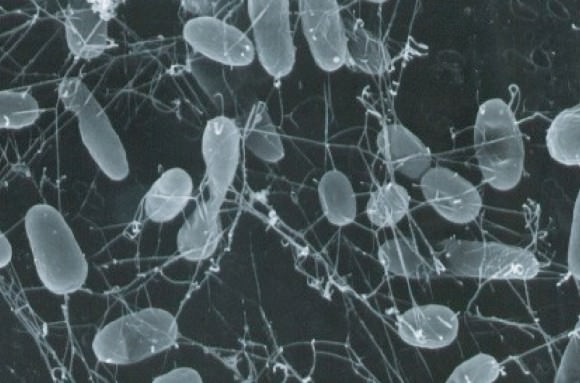Using a phone to search for signs of life? Yeah, we can get behind that. One group of researchers has a system that they’ve been testing out in analog environments with the aim of (eventually, one day, they hope) it being applied, say, to other planets — such as Mars.
Here’s how it works:
“Initially the human astrobiologist takes images of his/her surroundings using a mobile phone camera. These images are sent via Bluetooth to a laptop, which processes the images to detect novel colors and textures, and communicates back to the astrobiologist the degree of similarity to previous images stored in the database,” read a press release on the technology.

The aim is to eventually have robots, if necessary, do the same thing on Mars or in other locations. Field tests have been done in Martian analog environments, with intriguing results.
“In our most recent tests at a former coal mine in West Virginia, the similarity-matching by the computer agreed with the judgement of our human geologists 91% of the time,” stated Patrick McGuire, who works in Freie Universität’s planetary sciences and remote sensing department in Germany.
“The novelty detection also worked well, although there were some issues in differentiating between features that are similar in color but different in texture, like yellow lichen and sulfur-stained coalbeds. However, for a first test of the technique, it looks very promising.”
You can check out more details in this paper on Arxiv, a site that publishes articles before they are peer-reviewed. The information has also been accepted for publication in the International Journal of Astrobiology.
Source: European Planetary Science Congress




